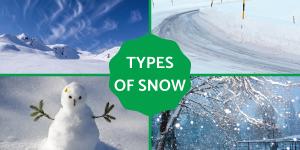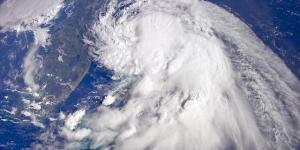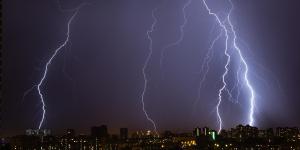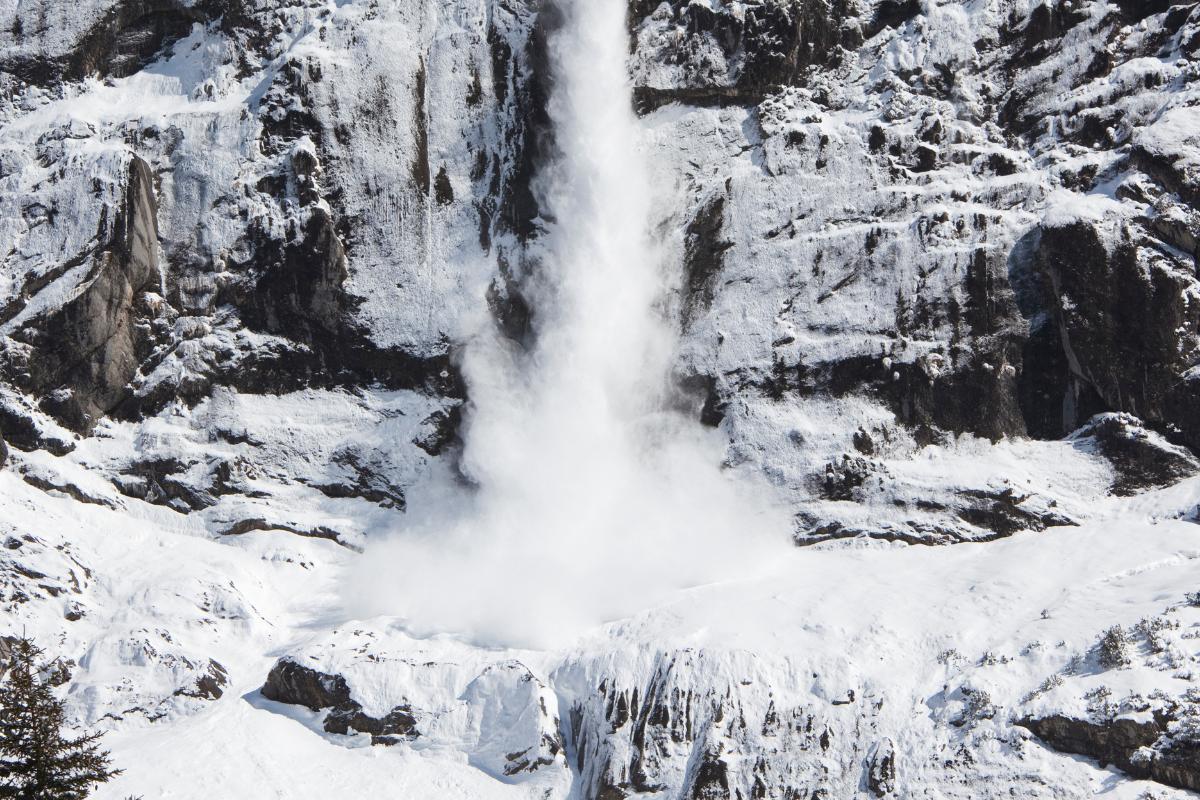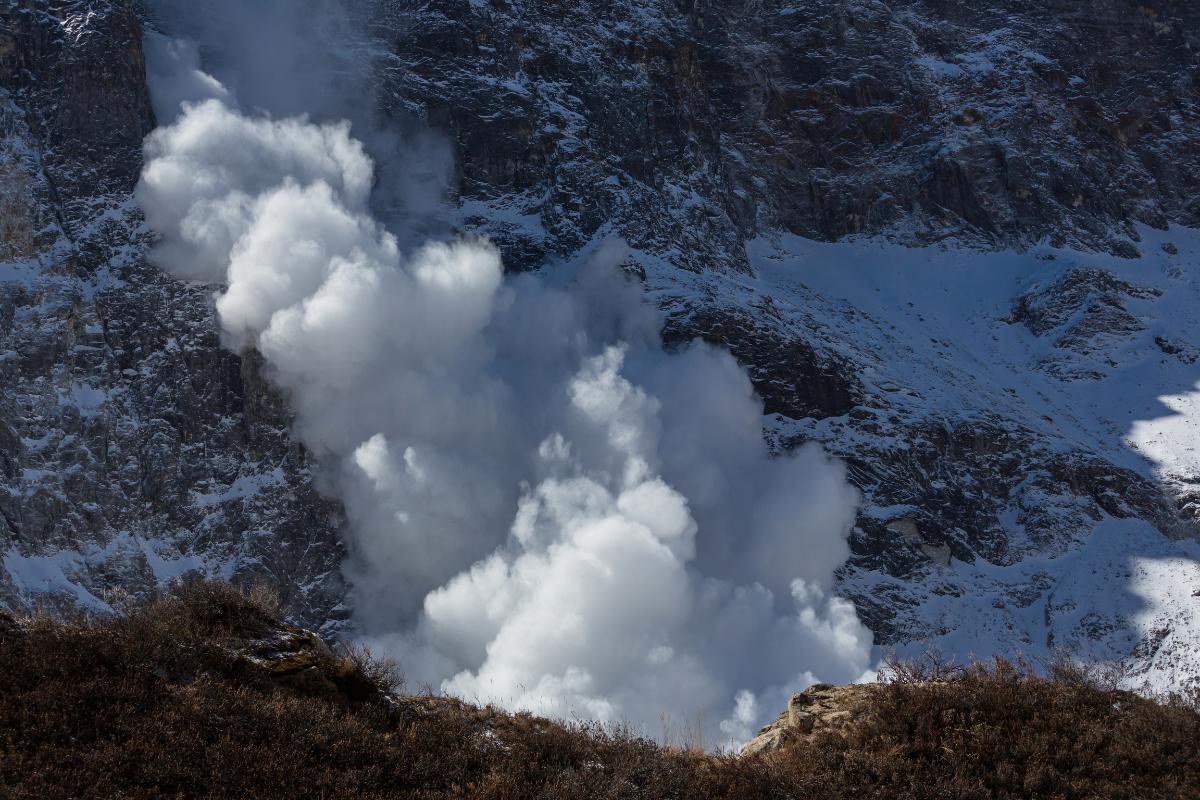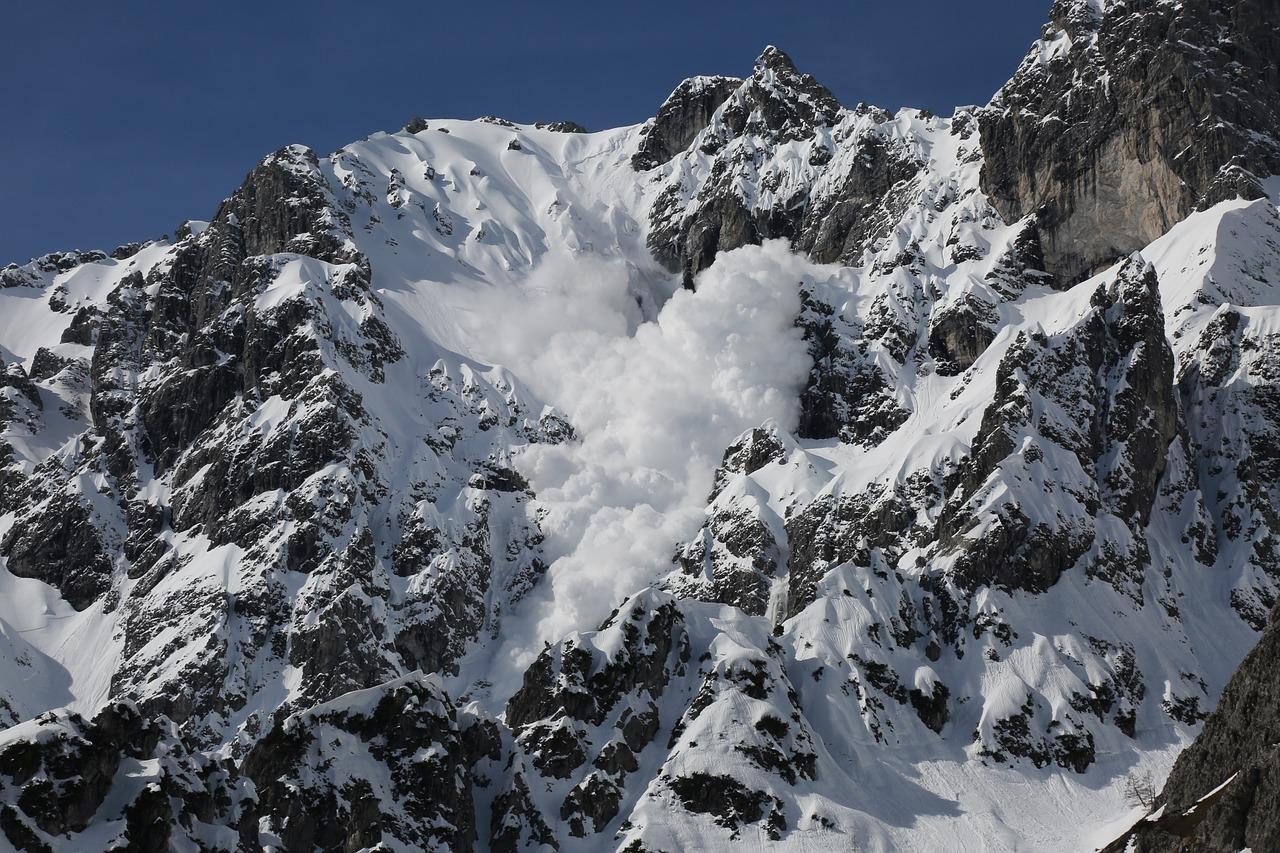Types of Avalanches - Causes and Effects


A snow avalanche is an imposing and potentially dangerous natural phenomenon that occurs when snow rapidly proceeds down a slope. These can be very small, but the larger the avalanche, the more destructive it will be. We often don't know the direct cause of a snow avalanche, but we do know there are certain factors which can increase the likelihood of their development. Neither are all avalanches the same. Different types of snow avalanches can have different effects on the terrain, usually due to their size and composition.
For this reason, thedailyECO discovers the different types of avalanches. We discuss the causes and effects of snow avalanche types, as well as how they can be best prevented.
What is a snow avalanche?
Often simply referred to as an avalanche, a snow avalanche is a natural phenomenon in which a large amount of snow, ice and rock descends abruptly down a large slope. This is often in the form of a mountain. An avalanche is triggered when there is a significant accumulation of snow on a steep slope. This event can be highly dangerous both for people and other living beings, as well as for property. It occurs due to a series of interrelated factors.
Combined with the slope and the pressure exerted by the snow, the force of gravity can overcome the friction that holds the snow in place. This causes a mass of snow to move downward at high speed. This snow will pick up other material during its descent, including ice, rock and other materials. Snow differentiates it from being a landslide which is made up of a majority of rocks, soil and similar matter, although it can be considered a type of landslide.
Factors that contribute to the formation of snow avalanches include the following:
- Weather conditions: such as the amount of freshly fallen snow and changes in temperature.
- Degree of mountain slope: different degrees of inclination can influence avalanche formation.
- Stability of snow cover: instable snow cover is more prone to avalanches.
- Seismic movements: such as the formation of earthquakes which can also trigger avalanches.
Generally speaking, mountain slope plays a critical role in the formation of snow avalanches. The steeper the slope, the greater the risk of triggering an avalanche. The accumulation of fresh snow is also important, something influenced by weather conditions such as wind and temperature. Other factors such as very strong sounds and vibrations also influence the stability of the snow cover and the probability of avalanches. These include explosions and crashes.
Avalanches also follow different pathways according to certain factors. These include the degree of the mountain's steepness, the volume of material, as well as the topography of the slope. Avalanches usually occur on slopes from a starting point of 30-45º. The main body of the avalanche is known as the ‘track’ and it follows the avalanche to its end which is known as the ‘runout zone’. This is usually when the slope is at 20º or less.
Learn more about the different types of seismic waves which can influence avalanches in our related article.
Types of snow avalanches
Avalanches can be divided into two main types according to their origin and characteristics. We discover these types of avalanches, as well as their formation:
Slab avalanches
- Accumulation of snow layers: these avalanches occur when layers of snow accumulate progressively over time. Snow layers are stacked on top of each other. The top layer may be denser or weaker than the layers below.
- Fracture zones: the top layer of snow is known as the ‘slab’, which is where this type of avalanche derives its name. The slab can break in a weak area due to additional stress, such as a person moving on it, a storm adding more weight of snow or even the vibrations from a loud noise.
- Plate sliding: once fracture occurs, the snow plate slides over the lower layers as a unit, generating an avalanche. This type of avalanche is usually more dangerous due to its ability to carry large amounts of snow and rocks.
Loose snow avalanches
- Various causes: these avalanches are triggered by the accumulation of loose snow on a steep slope. They can be caused by factors such as wind depositing snow on a slope or a person making a sudden movement on the snow surface.
- Small scale: although they may be smaller than slab avalanches, loose snow avalanches can still be dangerous, especially if they occur on steep terrain.
Mixed avalanches
- Combination of factors: these avalanches involve a combination of loose snow and slabs of snow. For example, a layer of loose snow can slide over an existing slab, resulting in a mixed avalanche.
- Variable and dangerous: mixed avalanches can be particularly dangerous due to their complexity and the variety of factors involved.

Types of avalanches according to size
Although slab and loose snow avalanches are considered the two main types, we can also use other characteristic factors to categorize snow avalanches. One of the most significant factors is avalanche size. The larger the avalanche, the more destructive it will be for the flora and fauna of the affected area. It can also affect human infrastructure and kill people who may be near the avalanche as it falls.
The following are the different types of avalanche according to size, from smallest to largest:
- Small avalanche (sluff): also known as ‘sluff’, this is the smallest type of falling snow which can be considered an avalanche. It typically has a volume of around 100 m3 of snow and is 50 m or less in length. It is not likely sufficient to bury somebody, although it is possible.
- Medium avalanche: it can be between 50-200 m in length and around 1000 m3 in volume. They are one of the most common sizes of avalanche and can be lethal or cause serious injury.
- Large avalanche: is not only deadly for people, but can destroy vehicles and various types of infrastructure. It has a volume of around 10,000 m3 and can be hundreds of meters in length. Its force means its runout can cover flat terrain for a short distance.
- Very large avalanche: larger still is a very large avalanche which is considered over danger level 3. It can cause serious building damage and even uproot small forests. It is typically longer than 2 km in length, has a volume of around 100,000 m3 and can have a runout longer than a large avalanche.
- Extremely large avalanche: has a danger level of 5 which is the highest this scale can reach. Its volume is greater than 100,000 m3 and can runout all the way to the bottom of a mountain. It has the great destructive potential.
Learn about the destructiveness of similar natural phenomena with our article on the biggest earthquakes in history.
Other types of avalanches
In addition to slab and loose snow avalanches, there are also variations according to the type of material included in the avalanche track. These include:
- Wet snow avalanches: the increased wetness of the snow causes the avalanche to proceed more slowly down its pathway. This is because the water saturation causes more friction, so usually only the surface layer of the track is moving. Despite their relatively low velocity, they can be very destructive and essentially abrade the terrain as it proceeds. They can result from either slab or loose snow avalanches.
- Ice avalanches: this occurs when a large piece of ice falls onto another and causes an avalanche of ice. Although snow will likely be mixed into it, it is not a type of snow avalanche. In fact, it could be more considered a type of landslide. The formation of ice avalanches is similar to the formation of icebergs, except the latter occurs when large pieces of ice break off into the sea.
Discover the characteristics of another ice phenomenon with our article on the formation and effects of sea ice.
What to do in case of an avalanche
If you are caught in or witness a snow avalanche, it is essential to act quickly. You should follow some basic safety guidelines to increase your chances of survival. Here are some key actions you should take in case of an avalanche:
- Try to escape the danger area: whenever possible, try to move to the side or up of the avalanche's track to get out of its path. If you can reach a safer area, do so.
- Activate an avalanche victim detector (AVD): also known as an avalanche transceiver, this can help search and rescue teams locate your position. This is especially important if you become buried in an avalanche and cannot be seen on the surface.
- Try to stay calm: if you are swept away by the avalanche, try to stay calm. Humans are denser than snow, so they tend to float near the surface. Try to keep an air pocket in front of your mouth so you can breathe.
- Try to hold on to a solid object: if you are being swept away by the avalanche, try to hold on to a solid object, such as a tree or rock. This will help to avoid being buried under the snow.
- Swim in the direction of the flow: if you are being swept away, try to swim in the direction of the avalanche flow to stay close to the surface and avoid being buried deeply. This would be similar to snowboarding except using your body.
- Make noise: make loud noises so that people nearby can locate you.
- Try to create an air pocket: if you get buried under the snow, try to create an air pocket in front of your face by moving your arms and hands. This will allow you to breathe while you wait to be rescued.
- Conserve energy and oxygen: even if you have to make noise, avoid shouting excessively or making unnecessary movements that consume oxygen and energy. Try to stay calm and conserve your resources.
- Wait for rescue: once the avalanche stops, wait for rescue. People who are with you or who witnessed the avalanche should alert emergency services and rescue teams as soon as possible. The faster they arrive, the better your chances of survival.

How to prevent a snow avalanche
Preventing a snow avalanche is essential to ensure the safety of people in areas prone to snow avalanches. Although it cannot be avoided 100%, there are some ways to avoid falling into it:
- Know the terrain and conditions: before venturing into mountainous areas, learn about current terrain and weather conditions.
- Assess snow stability: perform a snowpack stability assessment before venturing into avalanche-prone terrain.
- Use appropriate equipment: when venturing into avalanche-risk areas, carry the necessary safety equipment. This will include an avalanche victim detector (AVD) device, a snow shovel and a probe.
- Travel in groups and communicate your itinerary: don't venture alone into avalanche-prone areas. Also, tell someone you trust your itinerary and estimated return time.
- Keep your distance and avoid steep slopes: when choosing routes, keep adequate distance between group members and avoid steep slopes with snow accumulation.
- Avoid sudden changes in snow load: avoid sudden movements or activities that could add additional load to the snowpack, such as jumping or making abrupt cuts while skiing or snowboarding.
Now you know about the types, formation and prevention of avalanches, you may want to know about other types of natural disasters. Our articles on what causes sandstorms and the consequences of floods help you to learn more.

If you want to read similar articles to Types of Avalanches - Causes and Effects, we recommend you visit our Meteorological phenomena category.

